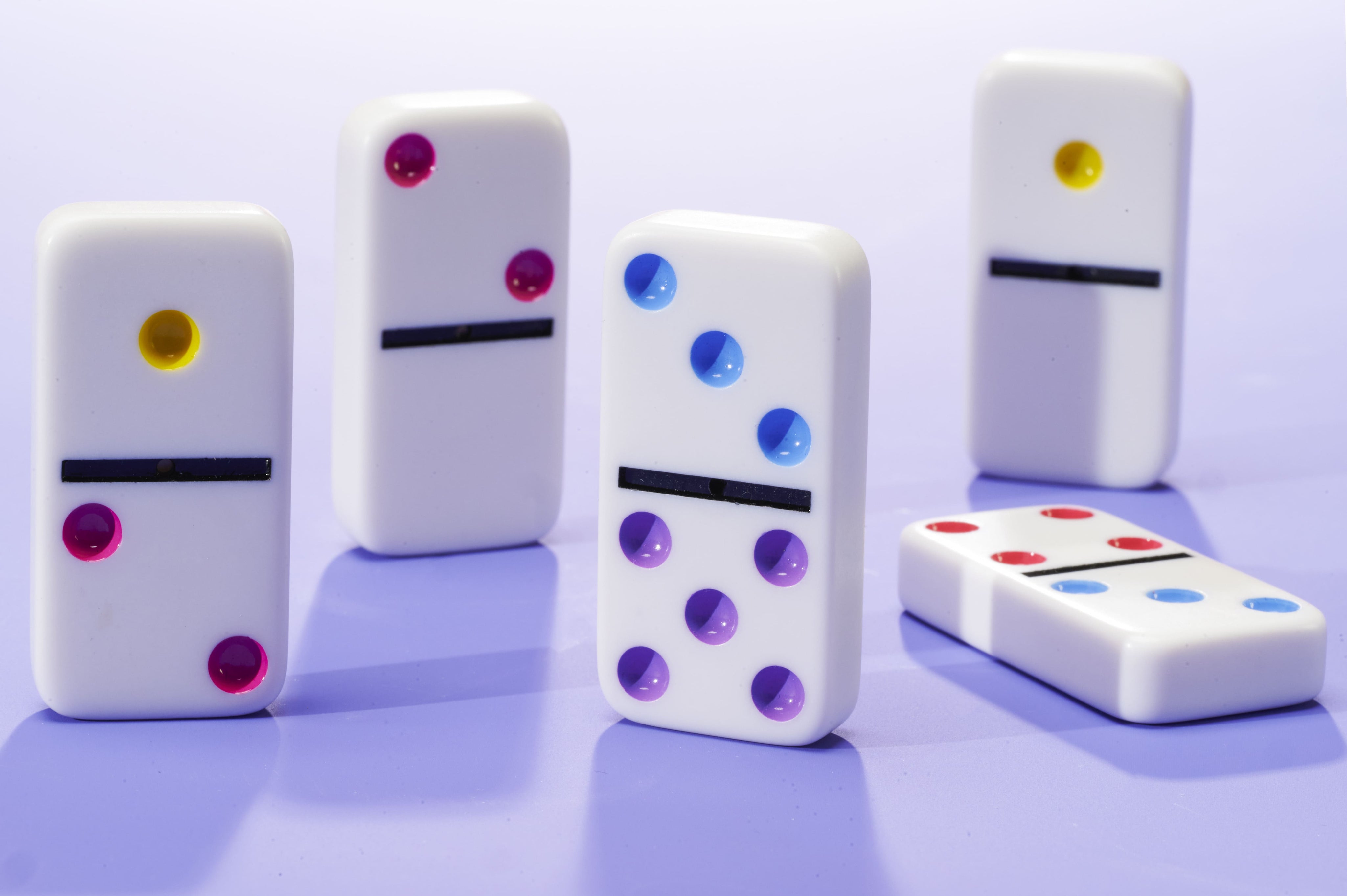From Fingers to Fluency: How Kids Learn to “Just See It”

Written by Neily Boyd
Did you know as you grow, your brain can subitize? That’s right! Subitize [soo-bi-tahyz] is a funny-sounding word that actually has a very simple definition. To subitize simply means to look at a group and just see how many there are without counting. For example, if there are two cups sitting on the kitchen counter, would you need to count them? Probably not. Your brain can just “see it” and know that there are two. This type of subitizing is called “perceptual subitizing” and it only works with small quantities.
Perceptual subitizing is when your brain can “just see it” no matter what kind of arrangement the objects are in. For example, we can “just see” three whether it’s a diagonal on a dice, three in a horizontal row, or three in a vertical row. This type of subitizing is usually only for quantities 4 or smaller and develops after lots of practice counting. It rarely fully develops before age 3 and is commonly present by age 6.
A second type of subitizing is used for larger groups of objects. “Conceptual subitizing” involves the brain's ability to rapidly split the quantity into smaller parts, perceptually subitize the smaller parts and then combine them back together. For example, if you recognize a group of 6 without counting, your brain may have seen two groups of 3 and known that it was 6. Conceptual subitizing develops later than perceptual subitizing because a child needs to understand the concept of parts combining to make a whole.
Subitizing is an important skill for children to develop because it allows children to be more efficient when solving math problems. For example, if a child is looking at a group of objects organized into 4 rows of 3 and asked how many there are, they can subitize the first row and know that it’s 3 and then count by 3s or know the first two rows of 3 make 6, so 4 rows of 3 is the same as 6+6. This type of flexible thinking supports later development of fluency with addition, subtraction, multiplication, and division facts.

One way you can support subitizing at home is to encourage your child to count objects organized in predictable groupings, such as the dice, tally marks, and hands printables that come with your Domino & Juliette math placemats. With practice, your child will recall the way objects are grouped in these configurations and no longer need to count them. Use these printables in the activities that come with your placemats or simply turn them all face down and practice flipping each over and figuring out how many objects are shown. Turn it into a game by allowing your child to keep all of the cards they get correct and flip back over the ones they still need practice with.
With larger groups (5 and up), model the strategy of recognizing smaller groups within the larger group. For example, with 7 fingers shown on two hands, I might say, “I see one full hand and two more fingers. I know that’s 7 because 5 and 2 more is 7.” As your child develops perceptual subitizing with small groups (0 through 4), they’ll become more comfortable recognizing these small groups within a larger group and building conceptual subitizing skills.
Have you heard of this term before? To subitize? Sounds like it should be part of our everyday morning routine right after we set aside 20 minutes for mindfulness practices. Speaking of morning routines, if you do have a minute or two, have your little one eat their breakfast on their D&J mat and practice this brain activity together!
Any cute moments? We’d love to see! Tag us at @dominoandjuliette

